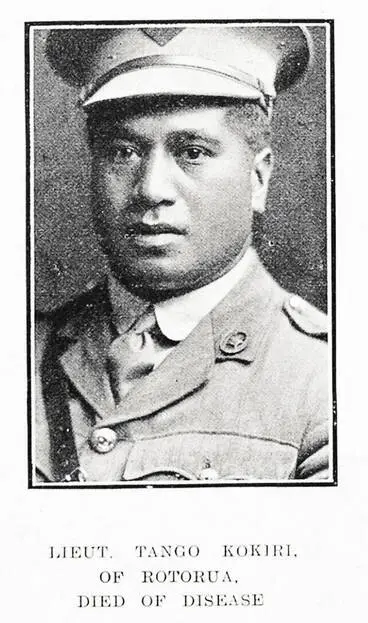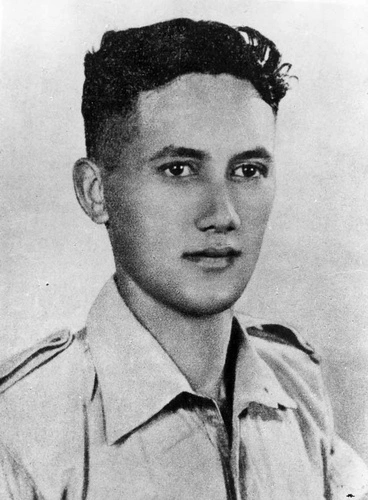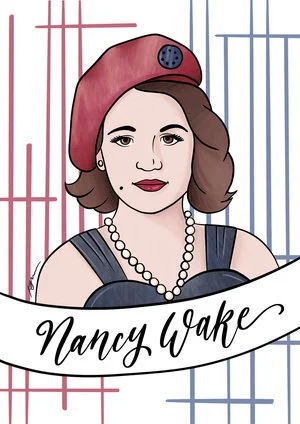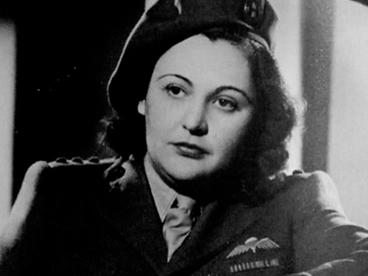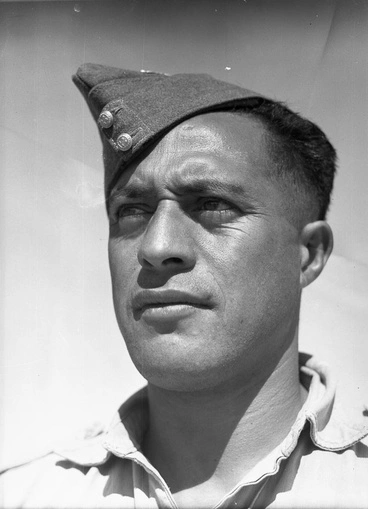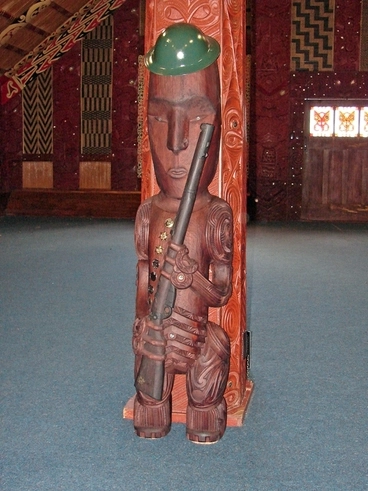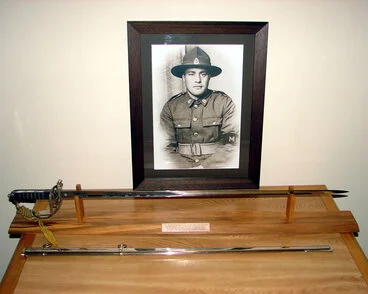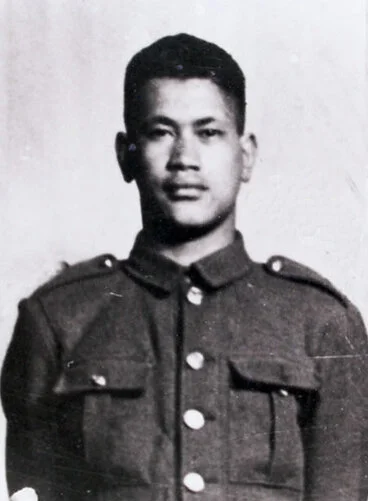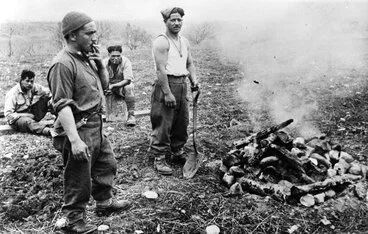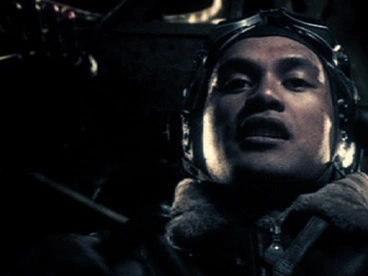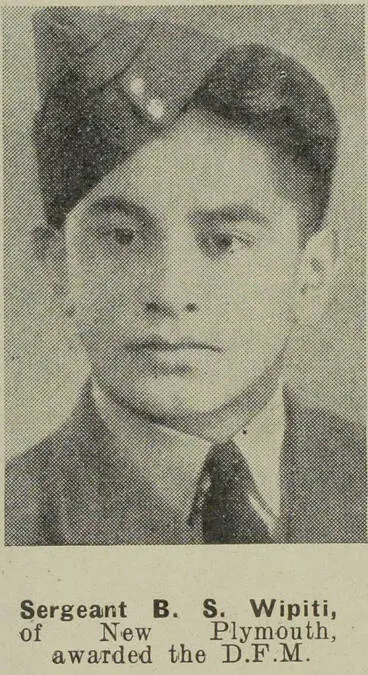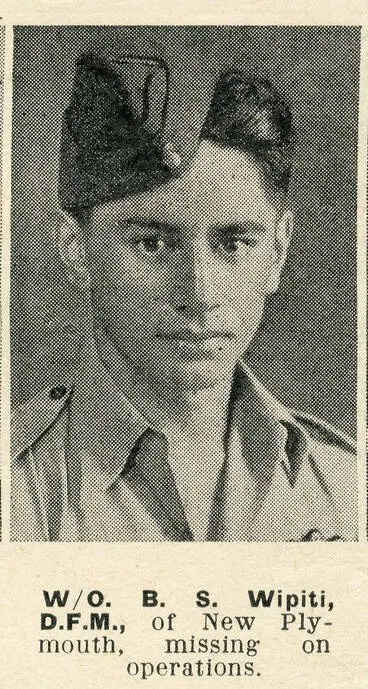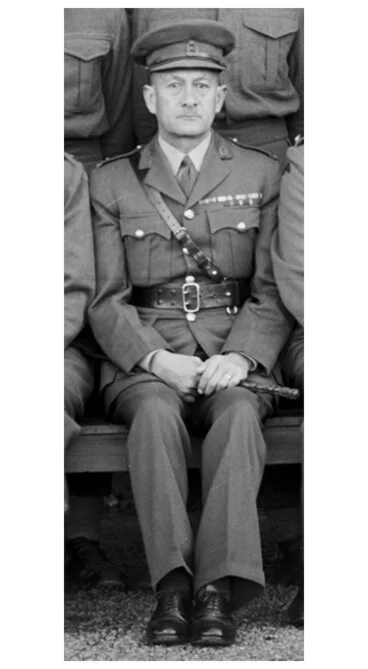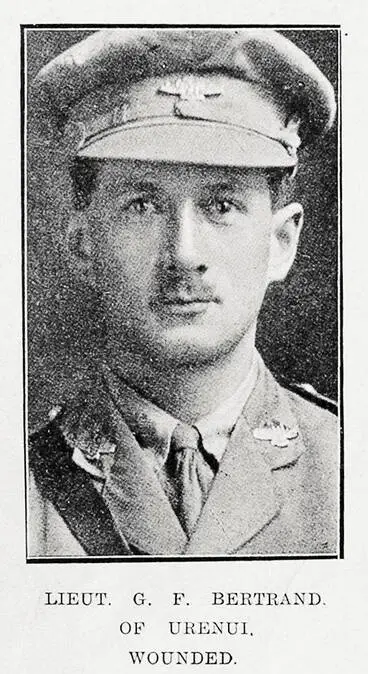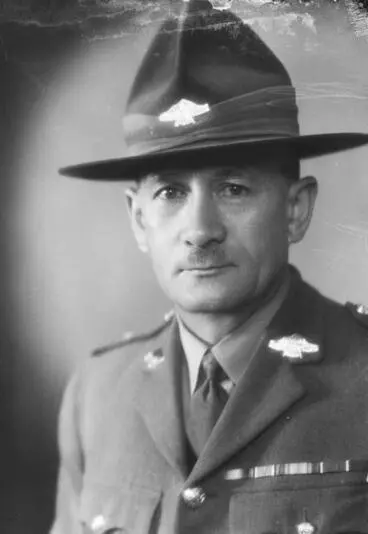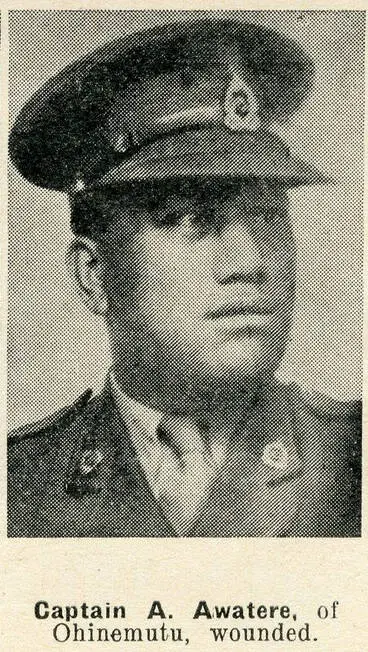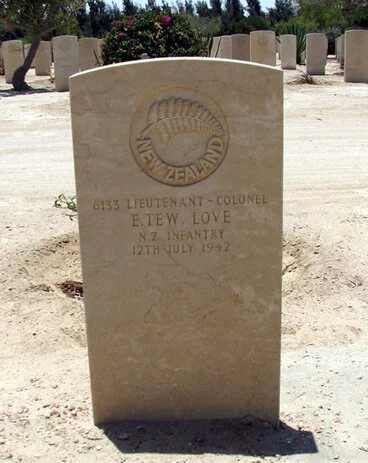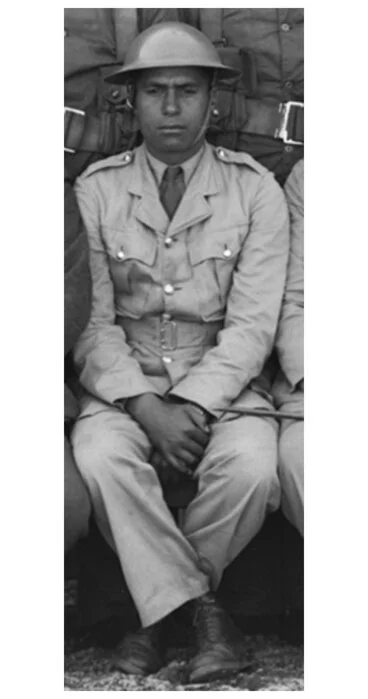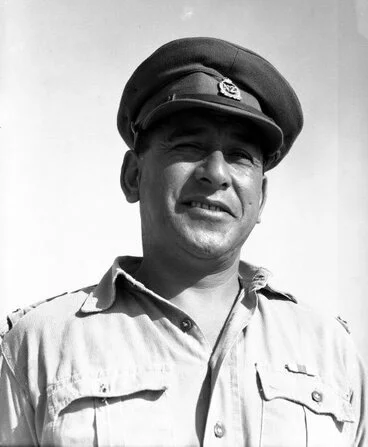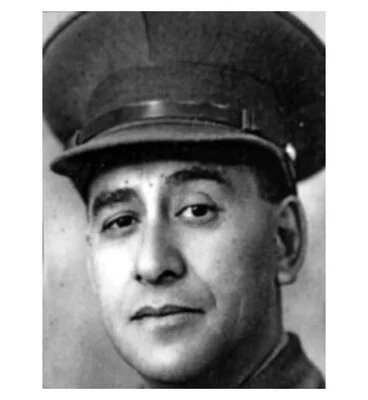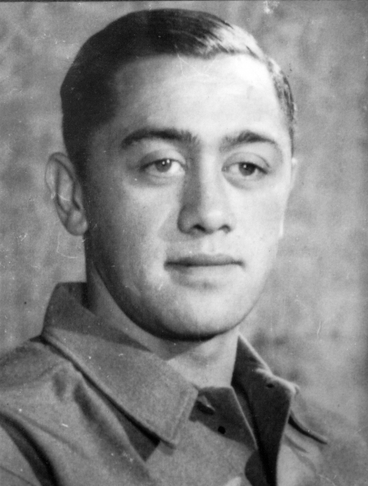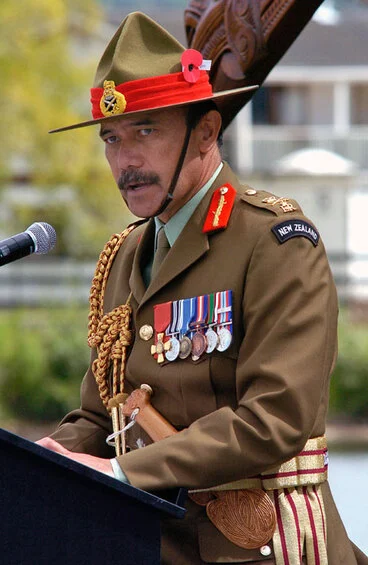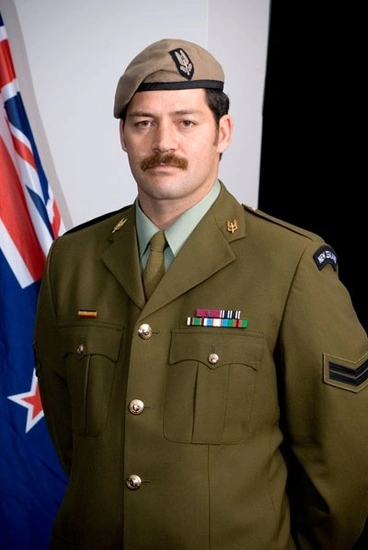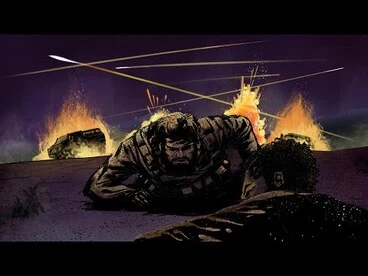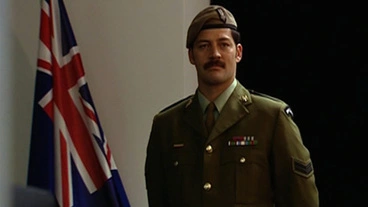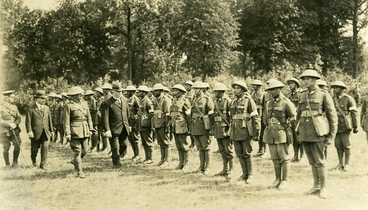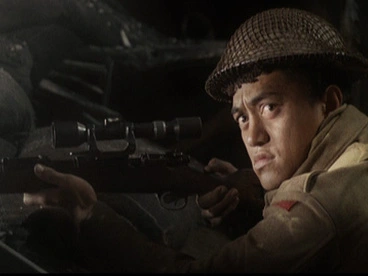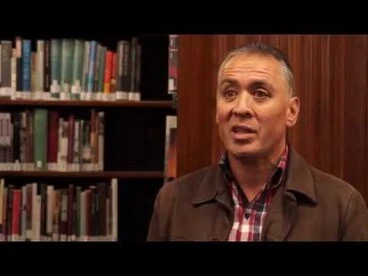Māori and war
A DigitalNZ Story by National Library Services to Schools
This story provides links to resources about some of Aotearoa New Zealand's Māori war leaders and heroes.
THE MUSKET WARS
After Europeans brought muskets (long-barrelled, muzzle-loading guns) to New Zealand, these weapons were used in a series of battles between Māori tribes, mostly between 1818 and 1840. As many as 20,000 people may have died, directly or indirectly. Tribal boundaries were also changed by the musket wars.
Source: Musket wars – Te Ara, the Encylopedia of New Zealand
TE RAUPARAHA (NGĀTI TOA)
Te Rauparaha
Manatū Taonga, the Ministry for Culture and Heritage
Te Rauparaha’s migration | E-Tangata
E-Tangata
Te Rauparaha’s moko
Manatū Taonga, the Ministry for Culture and Heritage
HONGI HIKA (NGĀPUHI)
Hongi Hika
Manatū Taonga, the Ministry for Culture and Heritage
Hongi Hika injured
Manatū Taonga, the Ministry for Culture and Heritage
TE PŪOHO (NGĀTI TAMA)
Tuturau memorial
Manatū Taonga, the Ministry for Culture and Heritage
Tekoteko
Mataura Museum
TĀMATI WĀKA NENE (NGĀPUHI)
Tamati Waka Nene
Auckland Art Gallery Toi o Tāmaki
[Merrett, Joseph Jenner] 1815-1854 :Tomita ; Waka ; Nene, New Zealand Chief. 1846?]
Alexander Turnbull Library
Tāmati Wāka Nene
Manatū Taonga, the Ministry for Culture and Heritage
PŌTATAU TE WHEROWHERO (WAIKATO)
Pōtatau Te Wherowhero (left), Te Waru (centre) and Te Pakaru (right), painted by George French Angas
Manatū Taonga, the Ministry for Culture and Heritage
Pōtatau Te Wherowhero's pa
Manatū Taonga, the Ministry for Culture and Heritage
Pōtatau Te Wherowhero
Manatū Taonga, the Ministry for Culture and Heritage
TE HORETĀ TE TANIWHA (NGĀTI WHANAUNGA)
Heaphy, Charles, 1820-1881 :[Te Horeta Taniwha. ca 1850]
Alexander Turnbull Library
Te Horetā
Manatū Taonga, the Ministry for Culture and Heritage
TE AO-KAPURANGI (NGĀTI RANGIWEWEHI, TE ARAWA)
Te Ao Kapurangi
Manatū Taonga, the Ministry for Culture and Heritage
Te Ao Kapurangi (Warrior Woman)
NZ On Screen
NGĀ PAKANGA O AOTEAROA | THE NEW ZEALAND WARS
In the 1840s and 1860s conflict over sovereignty and land led to battles between government forces and some Māori tribes. The largest campaign was the clash between the Māori king and the Crown. Land confiscations to punish tribes that fought against the Crown have left a long legacy of grievances.
Source: New Zealand Wars – Te Ara, the Encylopedia of New Zealand
THE NORTHERN WAR 1845-46
HŌNE HEKE (NGĀPUHI)
Hōne Heke fells the flagstaff at Kororāreka
Manatū Taonga, the Ministry for Culture and Heritage
TE RUKI KAWITI (NGĀPUHI)
Te Ruki Kawiti
Alexander Turnbull Library
Kawiti
Museum of New Zealand Te Papa Tongarewa
NZ Wars - The Stories of Ruapekapeka
NZ On Screen
TĀMATI WĀKA NENE (NGĀPUHI)
Tāmati Wāka Nene
Manatū Taonga, the Ministry for Culture and Heritage
Wāka Nene NZ Wars memorial
Manatū Taonga, the Ministry for Culture and Heritage
Photograph of a engraving depicting Tamati Waka Nene
Alexander Turnbull Library
ERUERA MAIHI PATUONE (NGĀPUHI, NGĀTI HAO)
Portrait of Eruera Maihi Patuone by John Nicol Crombie
Manatū Taonga, the Ministry for Culture and Heritage
Eruera Maihi Patuone
Auckland Art Gallery Toi o Tāmaki
WAR IN WELLINGTON AND WHANGANUI 1845-47
TE RAUPARAHA (NGĀTI TOA)
Te Rauparaha sketch
Manatū Taonga, the Ministry for Culture and Heritage
Te Rauparaha
Manatū Taonga, the Ministry for Culture and Heritage
Te Rauparaha
Manatū Taonga, the Ministry for Culture and Heritage
TE RANGIHAEATA (NGĀTI TOA)
Wairau affray: Te Rangihaeata
Manatū Taonga, the Ministry for Culture and Heritage
Te Tuhiwai: Te Rangihaeata
Manatū Taonga, the Ministry for Culture and Heritage
Painting of Te Rangihaeata's pā at Pāuatahanui
Manatū Taonga, the Ministry for Culture and Heritage
TŌPINE TE MAMAKU (NGĀTI HĀUA-TE-RANGI)
Tōpine Te Mamaku
Manatū Taonga, the Ministry for Culture and Heritage
Photograph of Topine Te Mamaku and Taiaho Ngatai at Tawhata
Alexander Turnbull Library
From an oil-painting by G. Lindauer, in the Municipal Art Gallery, Auckland] — Topine te Mamaku
Victoria University of Wellington
HOANI TE PUNI-KOKOPU (TE ĀTIAWA, NGĀTI TE WHITI, NGĀTI TAWHIRIKURA)
Honiana Te Puni NZ Wars memorial
Manatū Taonga, the Ministry for Culture and Heritage
Group of mourners at the grave of Honiana Te Puni, Petone, Wellington
Alexander Turnbull Library
TE WHAREPŌURI (TE ĀTI AWA)
Te Wharepōuri
Manatū Taonga, the Ministry for Culture and Heritage
Wharepouri's mark monument : Photograph
Wairarapa Archive
WAR IN TARANAKI 1860-61 AND 1864-66
WIREMU KĪNGI TE RANGITĀKE (TE ĀTI AWA)
Wiremu Kīngi Te Rangitāke
Manatū Taonga, the Ministry for Culture and Heritage
Letter from Wiremu Kīngi Te Rangitāke
Manatū Taonga, the Ministry for Culture and Heritage
Wiremu Kingi te Rangitake's pa
Manatū Taonga, the Ministry for Culture and Heritage
ERUETI TE WHITI-O-RONGOMAI III (TE ĀTI AWA)
Erueti Te Whiti-o-Rongomai III - Sketch made by William Francis Robert Gordon
Alexander Turnbull Library
Parihaka, Taranaki
Archives New Zealand Te Rua Mahara o te Kāwanatanga
WAR IN THE WAIKATO 1863-65
REWI MANIAPOTO (NGĀTI MANIAPOTO)
Rewi Maniapoto
Manatū Taonga, the Ministry for Culture and Heritage
Rewi Maniapoto in 1879
Manatū Taonga, the Ministry for Culture and Heritage
Drawing of Rewi Maniapoto
Manatū Taonga, the Ministry for Culture and Heritage
WAR IN TAURANGA 1864
RĀWIRI TUAIA PUHIRAKE (NGĀI TE RANGI)
Rāwiri Puhirake NZ Wars memorial
Manatū Taonga, the Ministry for Culture and Heritage
Monument to Rāwiri Puhirake
Manatū Taonga, the Ministry for Culture and Heritage
Photographic print of sketch of Rawiri Puhirake in the trenches at Pukehinahina
Tauranga City Libraries
HĒNI TE KIRI KARAMŪ (TE ARAWA)
Heni Te Kiri Karamu
Alexander Turnbull Library
Jane Foley, a.k.a. Heni Pore, Maori War file
Archives New Zealand Te Rua Mahara o te Kāwanatanga
OTHER IMPORTANT LEADERS DURING NGĀ PAKANGA O AOTEAROA | THE NEW ZEALAND WARS
TE KOOTI ARIKIRANGI TE TŪRUKI (RONGOWHAKAATA, NGĀTI MĀRU) 1868-73
Te Kooti
Manatū Taonga, the Ministry for Culture and Heritage
Te Kooti's war flag
Manatū Taonga, the Ministry for Culture and Heritage
Portrait of Te Kooti
Manatū Taonga, the Ministry for Culture and Heritage
RIWHA TĪTOKOWARU (NGĀ RUAHINE) 1868-69
Drawing of Riwha Titokowaru
Manatū Taonga, the Ministry for Culture and Heritage
Tītokowaru
Manatū Taonga, the Ministry for Culture and Heritage
Tītokowaru's war - Tītokowaru's war
Manatū Taonga, the Ministry for Culture and Heritage
RUA KĒNANA (TŪHOE) 1916
Rua Kenana
Alexander Turnbull Library
Rua Kēnana, resisting police
Manatū Taonga, the Ministry for Culture and Heritage
Crown to pardon Tūhoe prophet Rua Kēnana
Radio New Zealand
OVERSEAS WARS
Māori have taken part in every international theatre of war that New Zealand has been involved in. From the first they eagerly devoured the war news, the elders making the young people read aloud to them. On marae Māori debated the justification for each war, considering their collective responses given their obligations as citizens of the British Empire.
Source: Ngā pakanga ki tāwāhi – Māori and overseas wars – Te Ara, the Encylopedia of New Zealand
BOER WAR
Māori offered to form a ‘native’ contingent in the South African War (1899–1902). Their offer was declined, as British policy was not to use indigenous troops in wars with white nations. However, some Māori joined up anyway.
Source: Ngā pakanga ki tāwāhi – Māori and overseas wars – Te Ara, the Encylopedia of New Zealand
WALTER CALLAWAY (WĀTA TE WAHAHUIA)
Walter Callaway
Manatū Taonga, the Ministry for Culture and Heritage
Walter Callaway
Manatū Taonga, the Ministry for Culture and Heritage
[Lieutenant Walter Callaway and woman]
Auckland War Memorial Museum Tāmaki Paenga Hira
WORLD WAR I
In the First World War the British government accepted a proposal for a Māori Contingent of 500 men. By the end of the war 2,500 Māori had served overseas.
Source: Ngā pakanga ki tāwāhi – Māori and overseas wars – Te Ara, the Encylopedia of New Zealand
WILLIAM RHODES-MOORHOUSE (NGĀTI RUANUI)
Second Lieutenant William Rhodes-Moorhouse
Manatū Taonga, the Ministry for Culture and Heritage
William Rhodes-Moorhouse
Manatū Taonga, the Ministry for Culture and Heritage
MUS970615
Air Force Museum of New Zealand
HĀMI ‘THOMAS MARSHALL’ GRACE (NGĀTI TUWHARETOA)
Great War Stories 2 - Hāmi Grace
NZ On Screen
Lieutenant T. M. Grace, Wellington Infantry Battalion, killed in action
Auckland Libraries
THE LATE "HAMI" GRACE. AN APPRECIATION. (Marlborough Express, 30 August 1915)
National Library of New Zealand
TE RANGI HĪROA ‘PETER BUCK’ (NGĀTI MUTUNGA)
Thomas Mackenzie and Peter Buck visit troops in France
Manatū Taonga, the Ministry for Culture and Heritage
Peter Buck, and other World War 1, Pioneer Battalion soldiers, digging a trench in Malta
Alexander Turnbull Library
Peter Henry Buck wearing traditional Maori clothing, wielding a wooden weapon
Alexander Turnbull Library
RIKIHANA CARKEEK (NGĀTI RAUKAWA)
Private Rikihana Carkeek, wounded
Auckland Libraries
Great War Stories 1 - Rikihana Carkeek
NZ On Screen
Rikihana Carkeek
Christchurch City Libraries
TE KIRIHAEHAE TE PUEA HĒRANGI (WAIKATO)
Te Puea's influence became more firmly established among Tainui people during the First World War, when she led their opposition to the government's conscription policy. She understood the sense of alienation that the military invasion, occupation and confiscation of land had imposed upon the people, and understood, too, that the Kīngitanga held the key to restoring their sense of purpose. Te Puea was guided all her life by Tāwhiao's sayings; more than anyone else, she gathered them together. During the war she drew on Tāwhiao's words forbidding Waikato to take up arms again after he had finally made his peace with the Crown in 1881. She stood firm with those men who did not wish to fight a war that was not theirs, on behalf of a government that had dispossessed and scattered their people. But the government was impatient with what it saw as defiance and disloyalty, and compounded Tainui feelings of injustice by conscripting Māori only from the Waikato–Maniapoto district.
Source: Hērangi, Te Kirihaehae Te Puea – Te Ara, the Encylopedia of New Zealand
Te Puea Hērangi
Manatū Taonga, the Ministry for Culture and Heritage
Te Kirihaehae Te Puea Herangi
Alexander Turnbull Library
Te Puea Herangi
Hamilton City Libraries
HENARE WEPIHA TE WAINOHU (NGĀTI KAHUNGUNU, NGĀTI PĀHAUWERA)
Wainohu, Charlie :Portrait of Henare Wepiha Te Wainohu
Alexander Turnbull Library
Henare Wepiha Te Wainohu memorial, Wairoa
Manatū Taonga, the Ministry for Culture and Heritage
Letter from our Maori Chaplain at the Front. (Waiapu Church Gazette, 01 May 1917)
National Library of New Zealand
HĒNĀRE KŌHERE (NGĀTI POROU)
Hēnāre Kōhere
Manatū Taonga, the Ministry for Culture and Heritage
LIENT HENARE KOHERE. (Poverty Bay Herald, 26 September 1916)
National Library of New Zealand
ETHEL PRITCHARD (NGĀPUHI)
ROGER INGRAM DANSEY AND HARRY DELAMERE DANSEY (NGĀTI TŪWHARETOA)
Harry Delamere Dansey
Manatū Taonga, the Ministry for Culture and Heritage
TANGO KOKIRI (TE ARARWA)
[Tango Kokiri]
Auckland War Memorial Museum Tāmaki Paenga Hira
Lieut Tango Kokiri of Rotorua, died of disease
Auckland Libraries
Tango Kokiri
Auckland War Memorial Museum Tāmaki Paenga Hira
HENRY TE REIWHATI VERCOE (NGĀTI PIKIAO)
Captain H R Vercoe
Alexander Turnbull Library
WORLD WAR II
Māori took part in all the armed forces during the Second World War, most notably in the 28th (Māori) Battalion. The battalion was organised on tribal lines, and fought in Greece, Crete, North Africa and Italy. More than 3,600 Māori served in the battalion. Its casualties were almost 50% more than the New Zealand average.
Source: Ngā pakanga ki tāwāhi – Māori and overseas wars – Te Ara, the Encylopedia of New Zealand
TE MOANA-NUI-A-KIWA NGARIMU (NGĀTI POROU, TE ATIANGA-A-MATE)
Te Moananui-a-Kiwa Ngārimu in 1940
Manatū Taonga, the Ministry for Culture and Heritage
Te Moananui-a-kiwa Ngarimu
Alexander Turnbull Library
Te Moananui-a-Kiwa Ngārimu VC
Manatū Taonga, the Ministry for Culture and Heritage
NANCY WAKE (NGĀPUHI)
NANCY WAKE
Our Wāhine
Kiwis at War - Nancy Wake (Episode Two)
NZ On Screen
Nancy Wake. 28 April, 2006.
Alexander Turnbull Library
HAANE MANAHI (TE ARAWA, NGĀTI RAUKAWA)
Haane Te Rauawa Manahi
Manatū Taonga, the Ministry for Culture and Heritage
Lance Sergeant Haane Manahi 'B' Company 2007
Manatū Taonga, the Ministry for Culture and Heritage
Haane Manahi Sword of Gallantry
Manatū Taonga, the Ministry for Culture and Heritage
CHARLES SHELFORD (NGĀTI POROU, TE WHAKATOHEA)
Charlie Shelford
Manatū Taonga, the Ministry for Culture and Heritage
A hangi in Italy, 1944
Manatū Taonga, the Ministry for Culture and Heritage
POROKORU PATAPU ‘JOHN’ POHE
1988-183.3a
Air Force Museum of New Zealand
Porokoru Patapu Pohe
Auckland War Memorial Museum Tāmaki Paenga Hira
Turangaarere: The John Pohe Story
NZ On Screen
BERT SAM WIPITI
Sergeant B. S. Wipiti, of New Plymouth, awarded the D.F.M.
Auckland Libraries
NEW ZEALAND AIRMEN (Evening Post, 26 March 1942)
National Library of New Zealand
GEORGE BERTRAND (NGĀTI MUTANGA)
George Bertrand
Manatū Taonga, the Ministry for Culture and Heritage
Lieut G F Bertrand of Urenui, wounded
Auckland Libraries
Lt. Col. George Bertrand, Serviceman
Puke Ariki
ARAPETA AWATERE (NGĀTI POROU, NGĀTI HINE)
Arapeta Awatere
Alexander Turnbull Library
Captain A. Awatere, of Ohinemutu, wounded
Auckland Libraries
FREDERICK BAKER (NGĀPUHI)
ERUERA TE WHITI O RONGOMAI LOVE (TE ATI AWA)
Lieutenant-Colonel Edward Te Whiti Rongomai Love
Alexander Turnbull Library
Eruera Te Whiti o Rongomai Love's grave
Manatū Taonga, the Ministry for Culture and Heritage
CHARLES MOIHI TE ARAWAKA BENNETT (NGĀTI PIKIAO, NGĀTI WHAKAUE)
Charles Bennett
Manatū Taonga, the Ministry for Culture and Heritage
Charles Moihi Bennett and Elizabeth Moihi Bennett
Alexander Turnbull Library
KINGI ARETA KEIHA (RONGOWHAKAATA, TE AITANGA-A-HAUITI, TE AITANGA-A-MAHAKI)
Lieutenant-Colonel Keiha in Egypt
Manatū Taonga, the Ministry for Culture and Heritage
Reta Keiha
Manatū Taonga, the Ministry for Culture and Heritage
Letter from C Company officers, February 1943
Manatū Taonga, the Ministry for Culture and Heritage
ROBERT ‘BOM’ GILLIES (NGĀTI WHAKAUE, NGĀTI KAHUNGUNU)
Governor General and Robert Gillies
Manatū Taonga, the Ministry for Culture and Heritage
Sir Robert 'Bom' Gillies knighted at Government House
Radio New Zealand
Robert Gillies
Manatū Taonga, the Ministry for Culture and Heritage
EPINEHA RATAPU (NGĀTI POROU)
Epineha Ratapu
Manatū Taonga, the Ministry for Culture and Heritage
Epineha Ratapu
Manatū Taonga, the Ministry for Culture and Heritage
OVERSEAS SERVICE AFTER 1945
- A Māori unit was part of Jayforce, which served in Japan after the Second World War.
- New Zealand forces in the Korean War did not include separate Māori units, but of those who served, about one in seven overall were Māori.
- Around 35% of New Zealand forces in the Vietnam War were Māori.
From the 1950s increasing numbers of Māori joined the armed forces, and Māori cultural elements were included in the forces’ routines.
Since the 1970s Māori have continued to serve overseas. Prominent Māori in the forces include Jerry Mateparae, who became chief of defence force in 2006 and governor-general in 2011. Corporal Willie Apiata received a Victoria Cross for bravery in Afghanistan.
Source: Ngā pakanga ki tāwāhi – Māori and overseas wars – Te Ara, the Encylopedia of New Zealand
JERRY MATEPARAE (NGĀTI TŪWHARETOA, NGĀTI KAHUNGUNU)
Lieutenant General Jerry Mateparae at Tribute 08
Manatū Taonga, the Ministry for Culture and Heritage
Webb, Murray, 1947- :[Lieutenant General Jerry Mateparae] 8 March 2011
Alexander Turnbull Library
Jerry Mateparae, chief of defence force, 2006
Manatū Taonga, the Ministry for Culture and Heritage
WILLIE APIATA (NGĀPUHI, TE WHĀNAU-Ā-APUNUI)
Bill (Willie) Apiata VC
Manatū Taonga, the Ministry for Culture and Heritage
He Paki Taonga i a Māui: Ko te Whakatau Nui a Willie Apiata | Willie Apiata and the Tough Decision
Museum of New Zealand Te Papa Tongarewa
Reluctant Hero
NZ On Screen
FURTHER INFORMATION
Check out these links to dive deeper into learning about the involvement of Māori in war:
- Find out more about Māori Warfare.
- E-Tangata has some great articles such as What caused the New Zealand Wars? and Māori in the First World War.
- Find out about the 28th Māori Battalion and view the roll, photos, diary entries, letters and more.
- NZ History has information about Māori and the First World War and Māori and the Second World War.
- Read the article An Invisible History: Wāhine Māori in the Air Force during World War II to learn more about the contribution of Māori women to the Second World War.
- Read stories from Te Hau Kāinga – The Māori Home Front to learn more about the Māori war effort during WWII.
- Many Answers has lots of entries on the subject of war that will connect you with trusted websites and resources for further research.
The following School Journals articles are also useful resources:
- Te Hokowhitu-a-Tū: The Māori Pioneer Battalion
- Johnny Pohe and the Great Escape
- Pā Tūwatawata and the New Zealand Wars
- Kei te Tāone Nui: Māori and the City (1945–1970)
- Fly
- Ngā Pakanga o Aotearoa/The New Zealand Wars
- Hakaraia: Warrior Peacemaker
- King and Country
- Ngā Tātarakihi o Parihaka
Film and video
- Te Pūtake o te Riri
- The NZ Wars Collection
- The New Zealand Wars
- Tama Tū
- Nancy Wake: The White Mouse
- Turangaarere: The John Pohe Story
- Māori Battalion - March to Victory
- Turangawaewae / A Place to Stand
- Aotearoa History Show: The Musket Wars
- Aotearoa History Show: New Zealand Wars (Part 1)
- Aotearoa History Show: New Zealand Wars (Part 2)
Māori Battalion
National Library of New Zealand
Tama Tū
NZ On Screen
The Māori Contingent at the Battle of Chunuk Bair
Auckland War Memorial Museum Tāmaki Paenga Hira
This story was curated and compiled by Te Puna Mātauranga o Aotearoa | National Library of New Zealand, Services to Schools staff, October 2022.

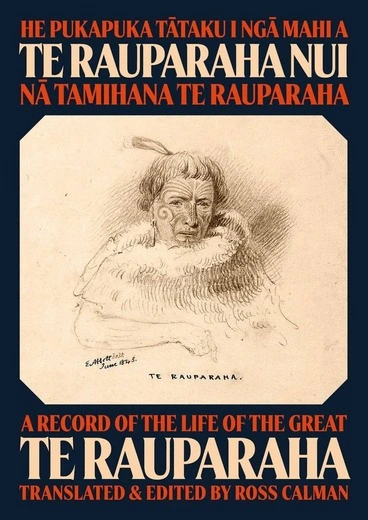

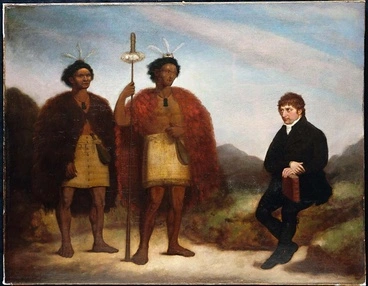



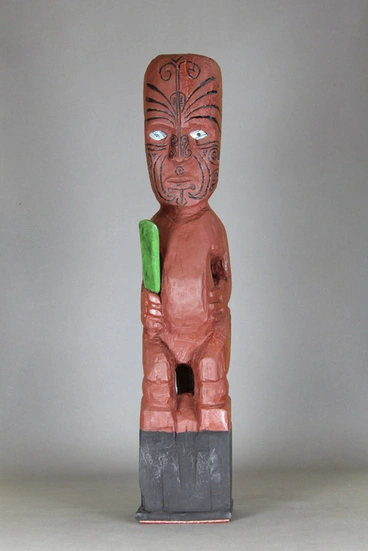
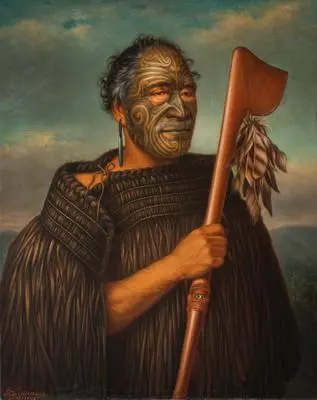
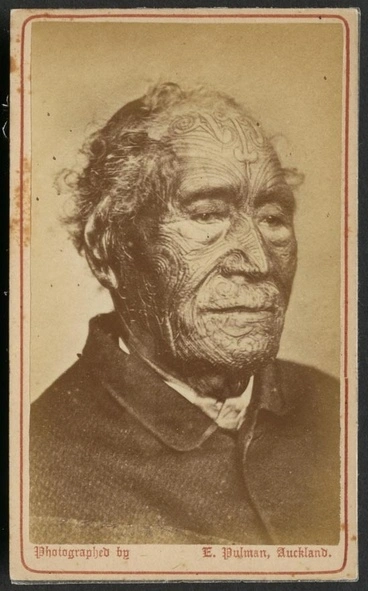




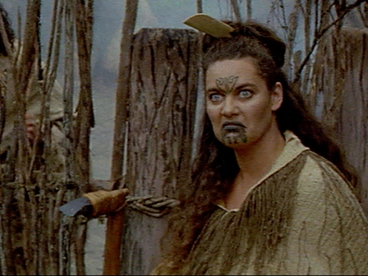
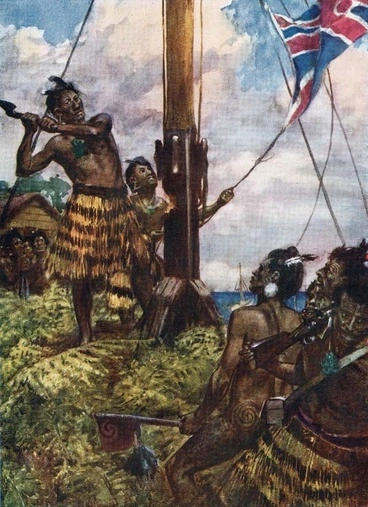
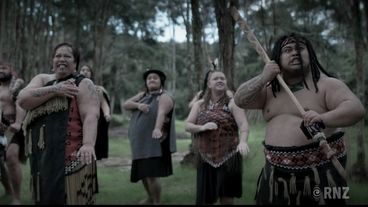

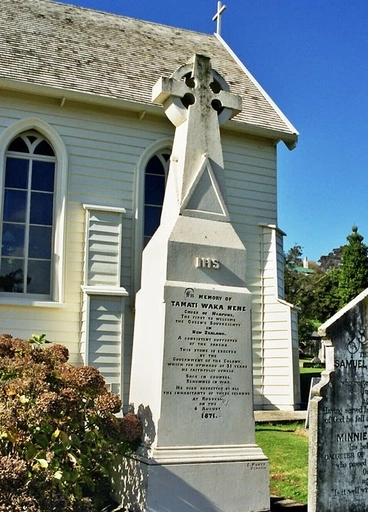

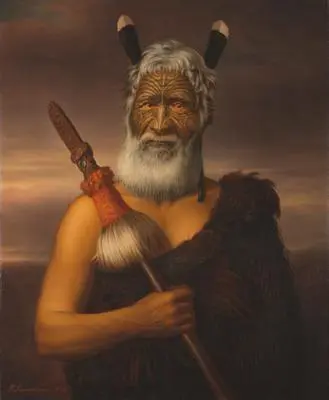
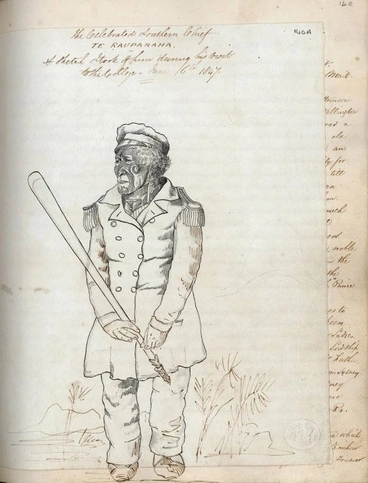



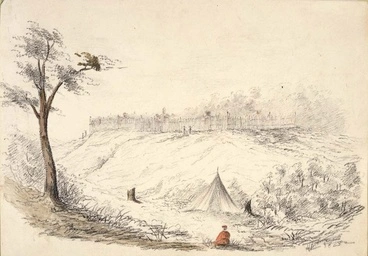
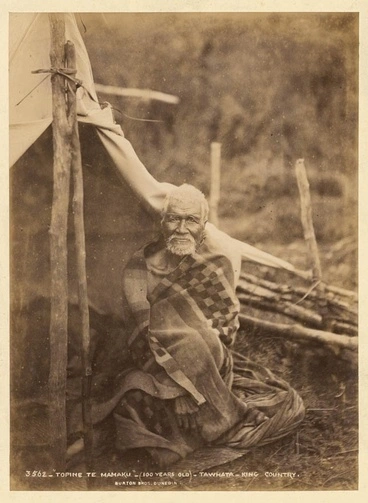
![From an oil-painting by G. Lindauer, in the Municipal Art Gallery, Auckland] — Topine te Mamaku Image: From an oil-painting by G. Lindauer, in the Municipal Art Gallery, Auckland] — Topine te Mamaku](https://thumbnailer.digitalnz.org/?resize=770x&src=https%3A%2F%2Fndhadeliver.natlib.govt.nz%2Fwebarchive%2F20201108000000mp_%2Fhttp%3A%2F%2Fnzetc.victoria.ac.nz%2Fetexts%2FCow01NewZ%2FCow01NewZ139a.jpg&resize=368%253E)
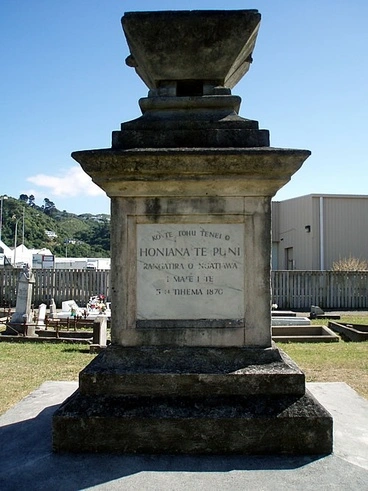

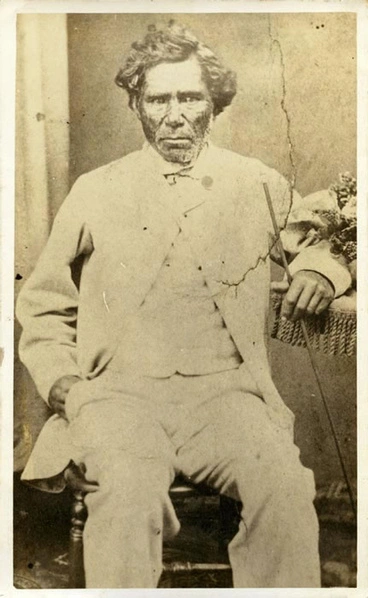

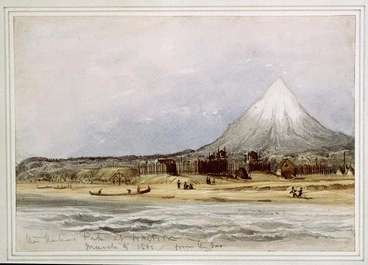
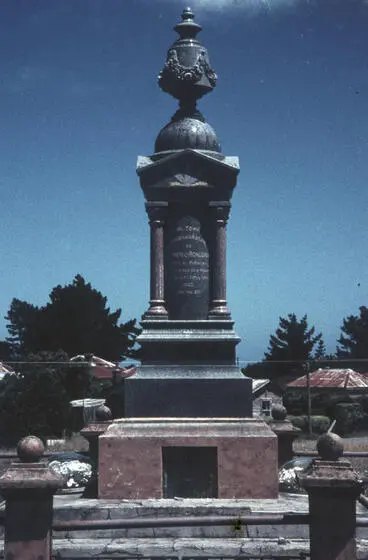
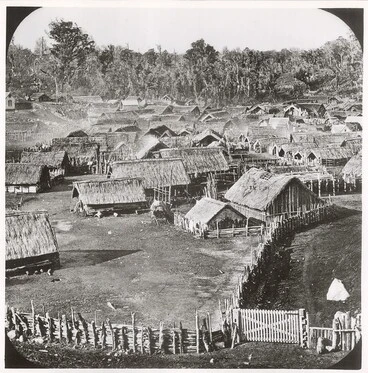

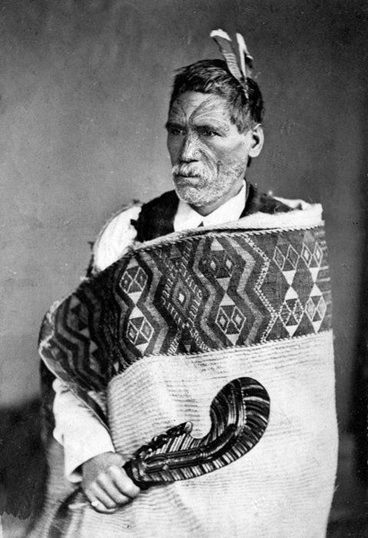

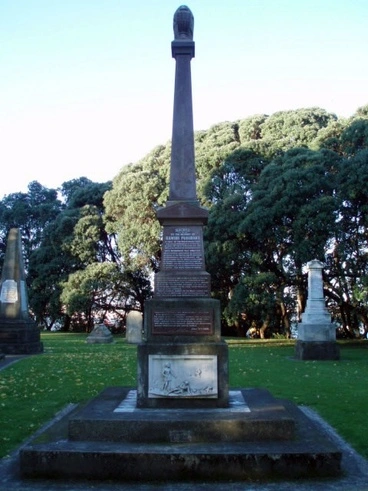

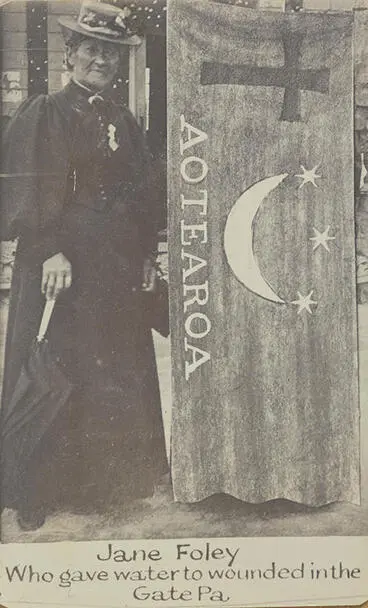
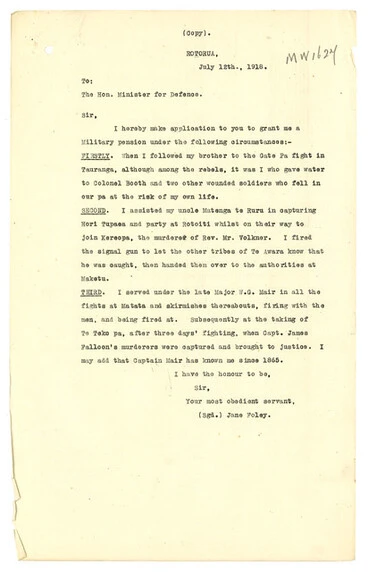


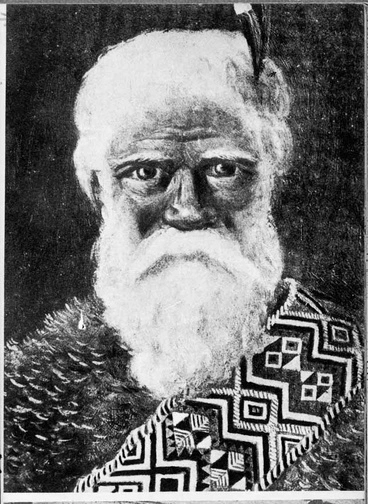
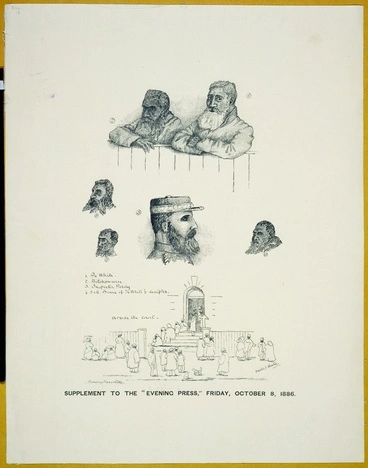

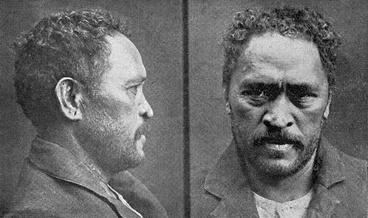
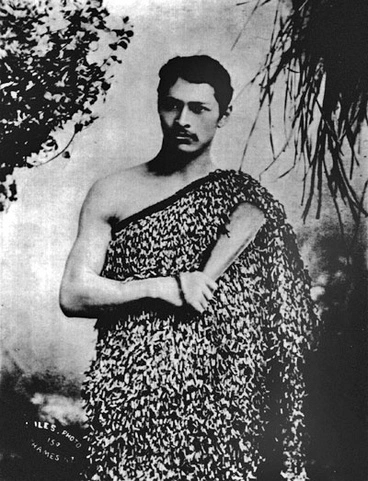
![[Lieutenant Walter Callaway and woman] Image: [Lieutenant Walter Callaway and woman]](https://thumbnailer.digitalnz.org/?resize=770x&src=https%3A%2F%2Fcollection-api.aucklandmuseum.com%2Frecords%2Fimages%2Fmedium%2F562543%2Ff9a9a1c753ae95a0a8e029e8609aca2fd0f2c4df.jpg&resize=368%253E)


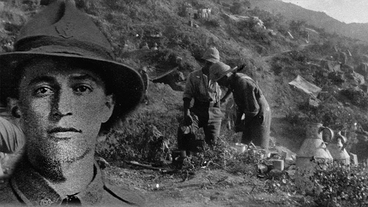
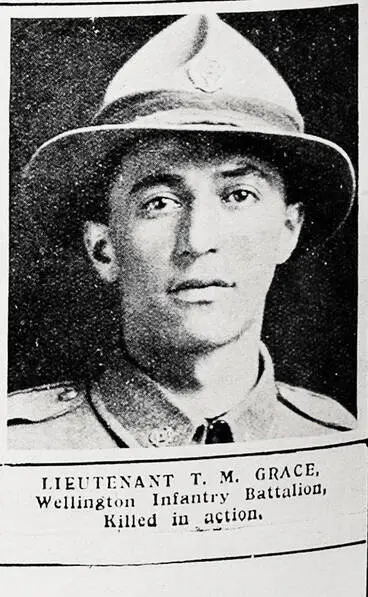
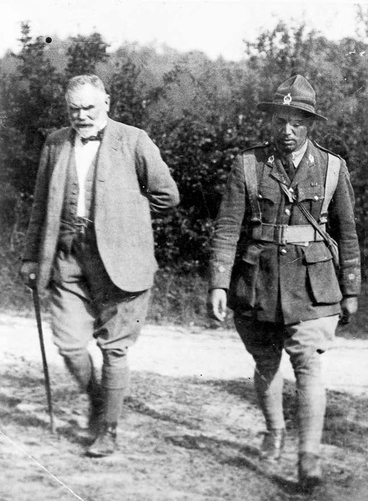
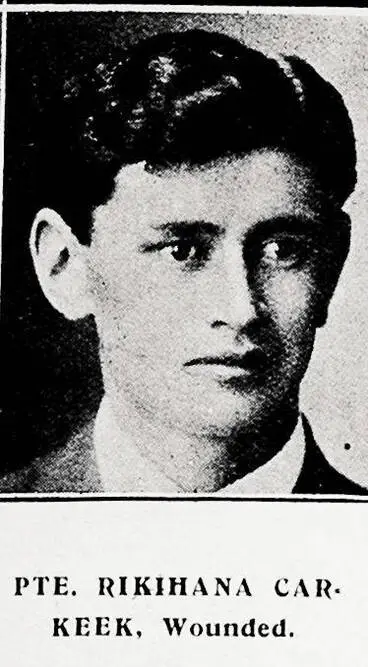
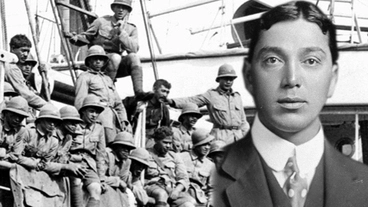
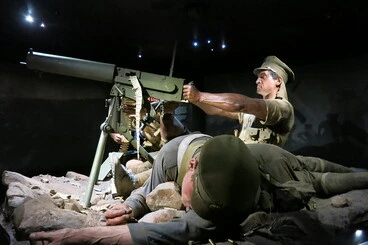
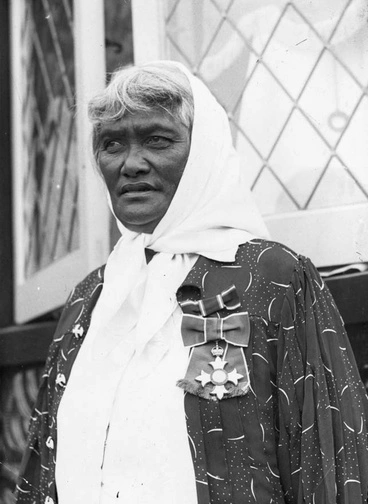

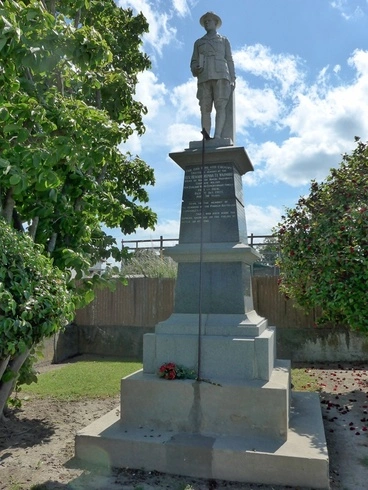


![[Tango Kokiri] Image: [Tango Kokiri]](https://thumbnailer.digitalnz.org/?resize=770x&src=https%3A%2F%2Fcollection-api.aucklandmuseum.com%2Frecords%2Fimages%2Fmedium%2F537063%2F42d8ae560d3e5346e3c146ae06debc524878393d.jpg&resize=368%253E)
